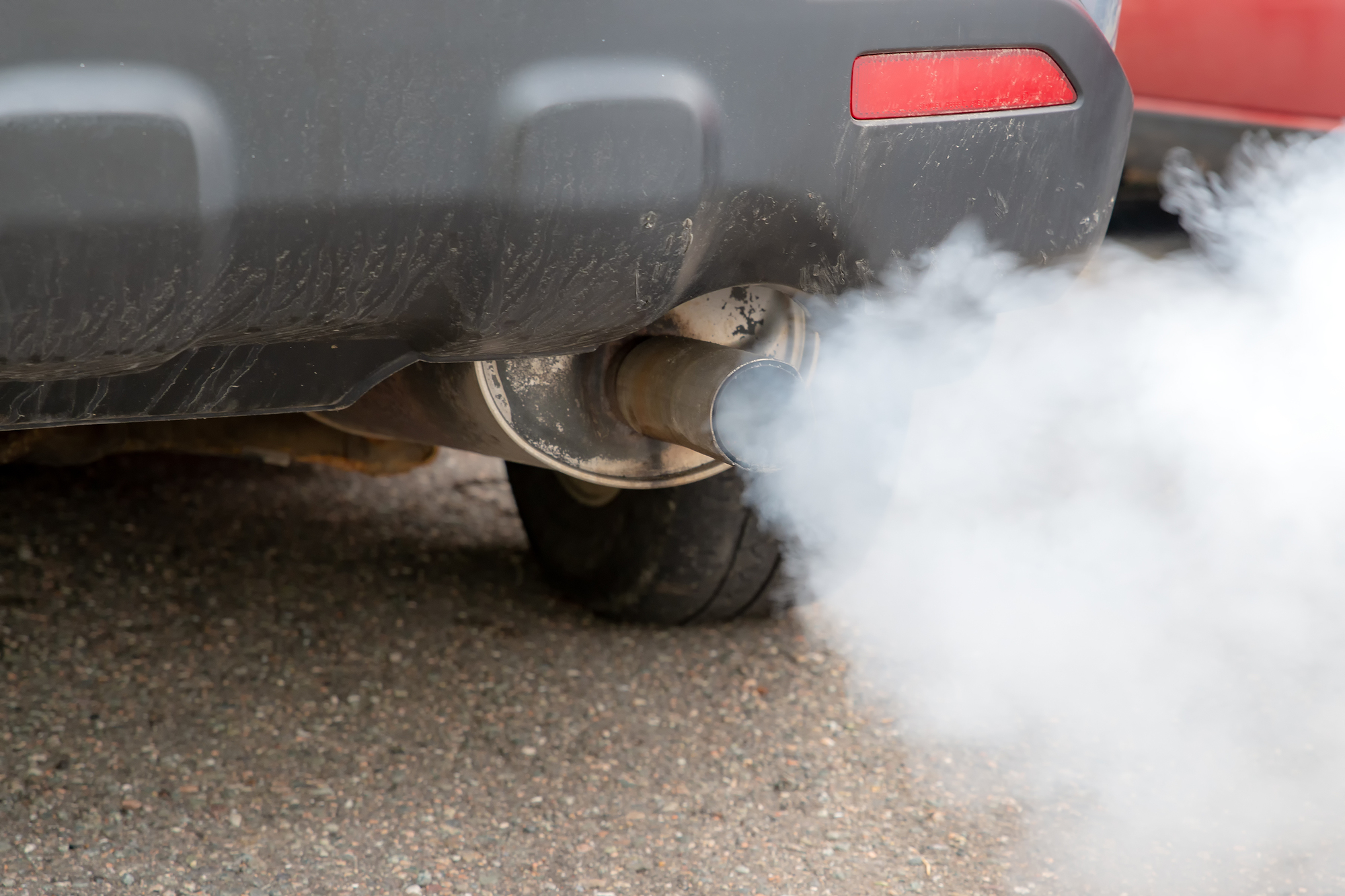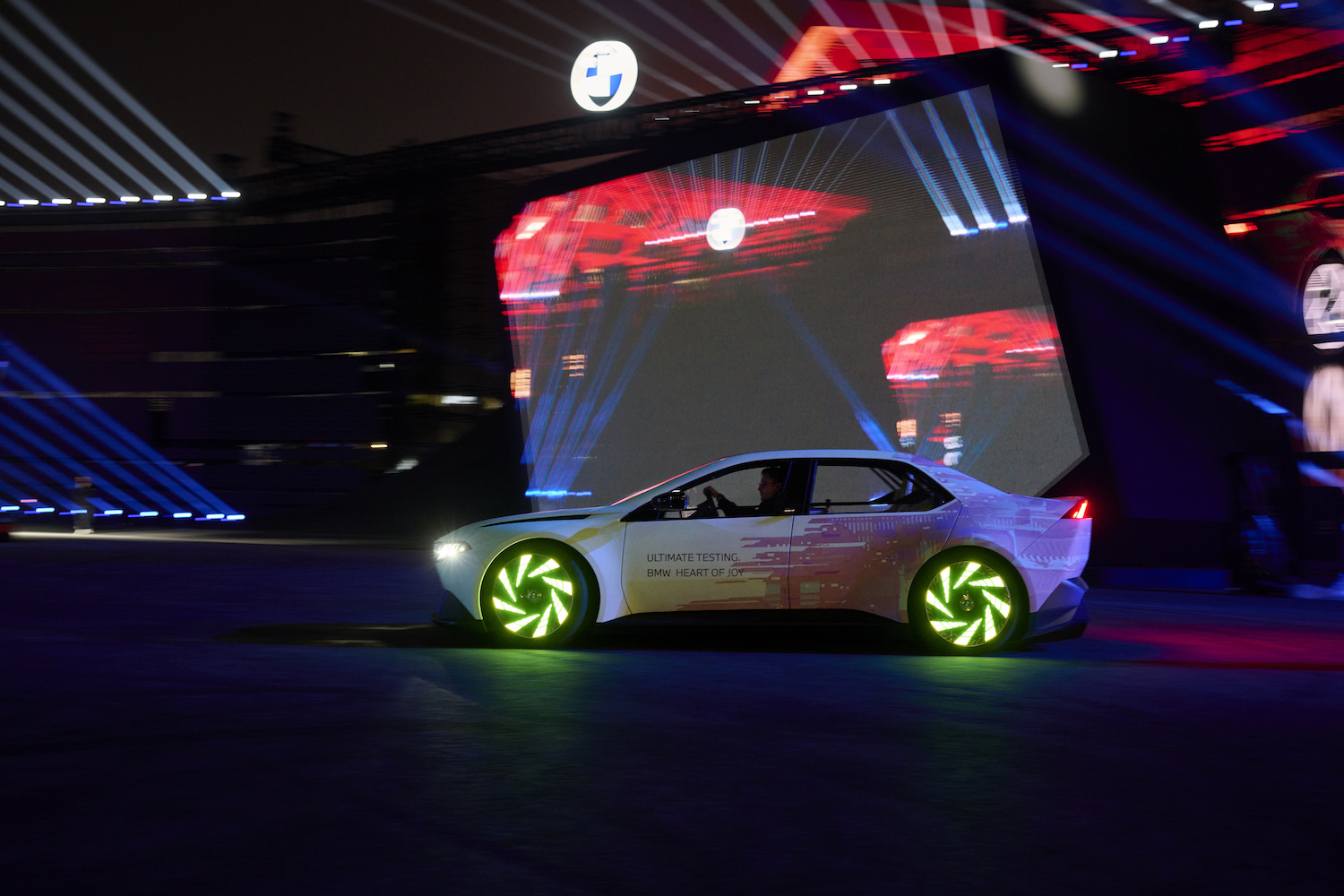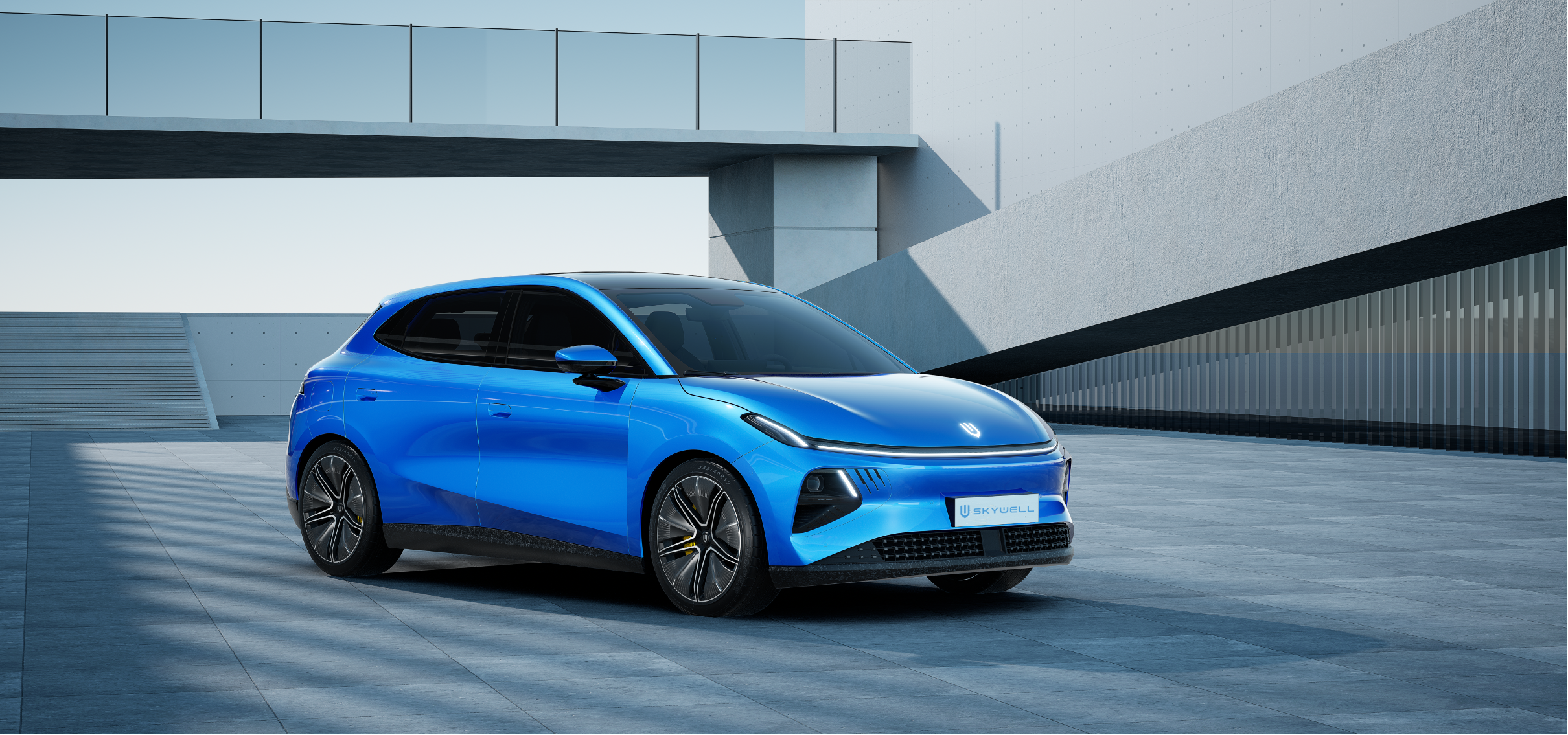8 Myths About Autonomous Driving
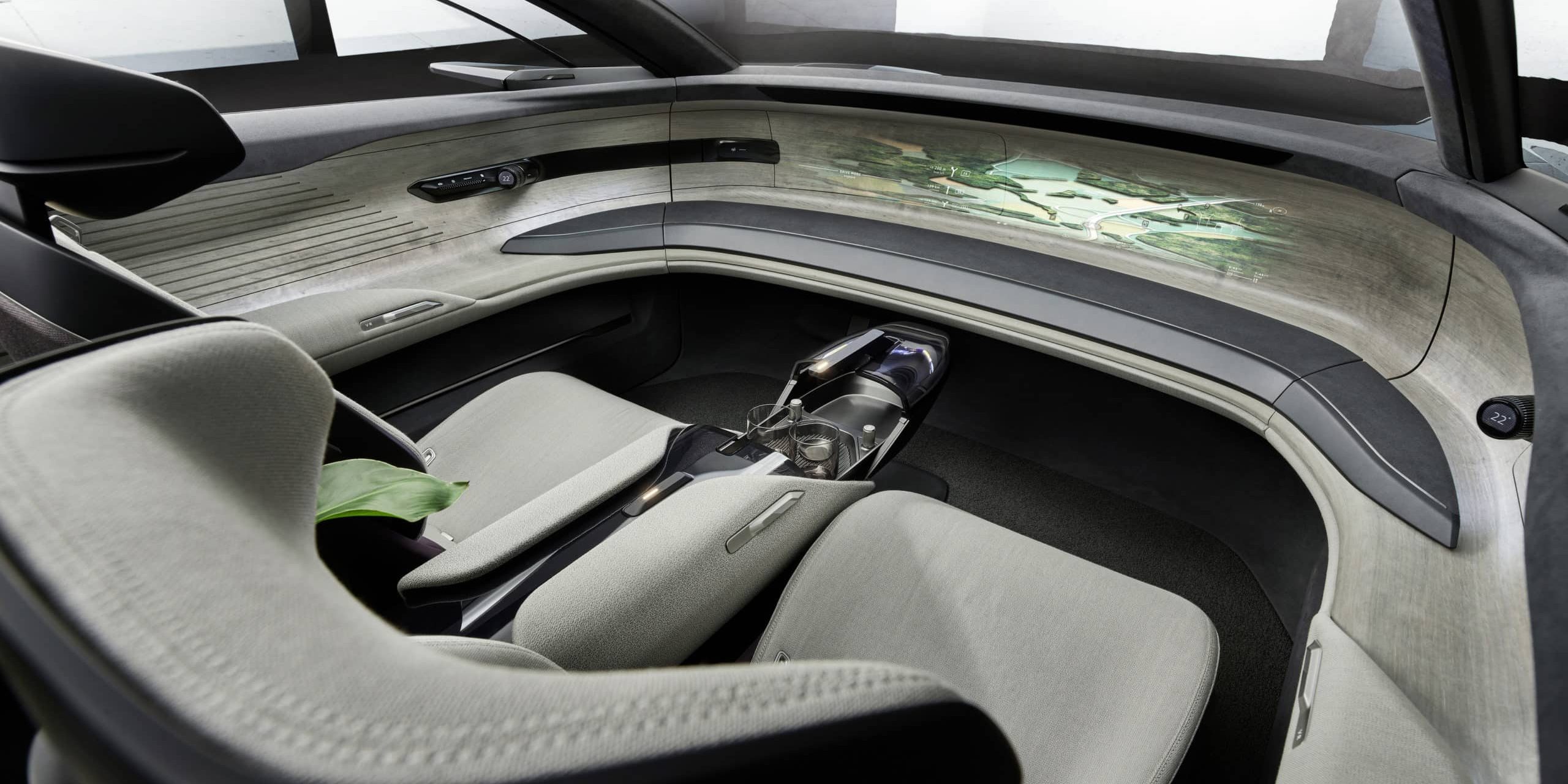
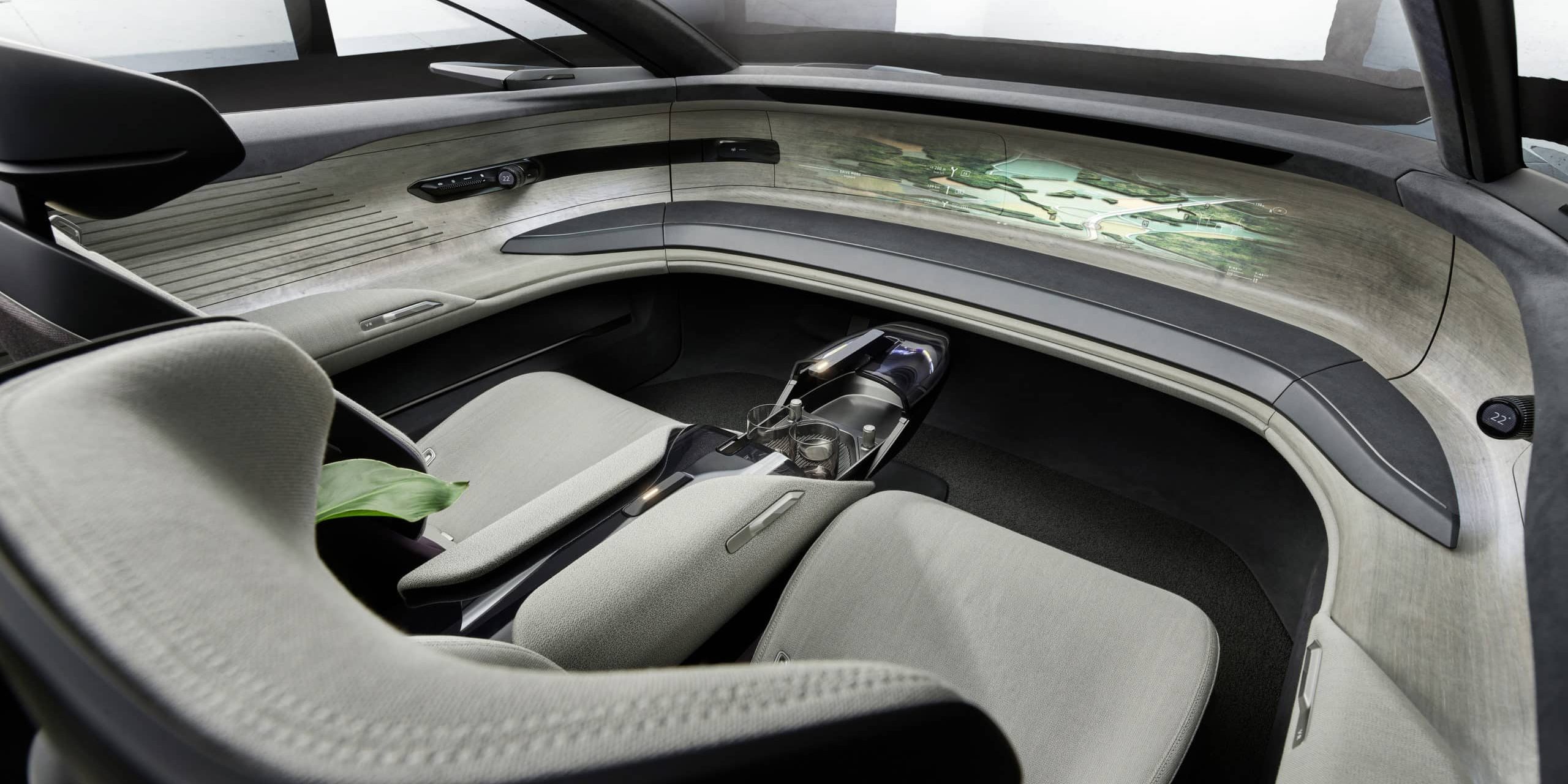
Will self-driving cars soon be a reality? And how will people’s attitude have to change to ensure autonomous driving meets with broad acceptance? The &Audi study “SocAIty”, compiled with the help of renowned experts, looks into these questions, among others. It also clears up some of the widespread myths surrounding the topic. What is true? And what is not?
8 Myths About Autonomous Driving
Myth No. 1:
Self-driving cars will be like normal cars, just without drivers.
Aerodynamics in particular are a key factor when it comes to electric cars’ ranges, which is why they continue to play a major role in design. The way cars and other means of transportation with increasing automation look will not radically change in this regard. What’s clear, though, is that design will focus on the interior in the future. Passengers’ comfort will be a priority, which is why their seats will no longer necessarily face in the direction of travel in certain use cases. This freedom of interior design will offer those on board a wide array of options for individually customizable experiences: communication or relaxation, work or retreat. Space for passengers will be maximized by allowing everything that’s no longer needed – the pedals, gearshift and steering wheel – to be temporarily retracted.
___________________________________
“Digitalization allows us to make mobility even safer, more personal and especially smarter. The goal is for our vehicles to seamlessly integrate into our customer’s everyday lives. We’re thus creating a true added value – by giving them back time for things that are important to them.”
Oliver Hoffmann, Audi Board Member for Technical Development
___________________________________
Myth No. 2:
Once the software is developed and available, autonomous cars will be able to drive anywhere.
Getting self-driving cars on the road will require a fully reliable and all-around safe software not only for the car, but for the entire environment. This will change the way our cities look incrementally: To this end, infrastructure must be expanded to include intelligent traffic lights and road sensors. Cities will become more digital, providing a suitable ecosystem for an increasing number of automated cars. This will make cities safer and more relaxed, where, ideally, traffic will be able to flow without disruptions or congestion.
___________________________________
“This isn’t a case of revolution, but rather evolution. Step by step in a direction that’s already becoming clear.”
Eric Hilgendorf, SocAIty expert
___________________________________
Myth No. 3:
Self-driving cars will make driving less fun.
This myth is an obvious source of anxiety to car lovers: being condemned to the role of inactive passenger. Some fear their car will prevent them from driving across the country and enjoying the pleasure of feeling their foot on the pedal and their hands on the steering wheel. But the opposite is true: Self-driving cars will not end the fun we have behind the wheel. No manufacturer will prevent its customers from driving their own cars if they wish to do so. In the future, vehicle owners will still have the choice of driving the car themselves or handing over control to the car during unpleasant situations such as stop-and-go traffic on the highway.
___________________________________
“We need to move people but not cars.”
Torsten Gollewski, SocAIty expert
___________________________________
Myth No. 4:
Self-driving cars are a hacking liability.
Not true. Self-driving cars will be no more vulnerable than cars driven by hand. That being said, the impact of a hacker attack on a self-driving car’s safety-related systems can be more serious. For this reason, manufacturers are constantly developing protective measures against cyberattacks and improving the protective mechanisms, both inside the vehicle and outside in the back end. As cars become increasingly networked with their environment, the effort required to ensure reliable and always up-to-date cyber security increases too. At the same time, automated vehicles will increase road safety – in addition to better efficiency and greater comfort, a benefit for society as a whole.
___________________________________
“The industry is really taking this seriously now, but it’s important for them to incorporate security from the initial design phase all the way through the process and through all aspects of the business.”
Sam Abuelsamid, SocAIty expert
___________________________________
Myth No. 5:
Self-driving cars will require fewer parking spaces.
Self-driving cars won’t require less parking space. But they will use it much more efficiently. Additionally, vehicle density could drop in metropolitan areas if an increasing proportion of cars are used jointly through sharing models. By way of background information: According to the German Environment Agency, today private cars are currently driven for an average of just one hour a day.
Myth No. 6:
The technology is already developed, but laws on autonomous driving are still lacking.
It is true that technological development in countries such as the USA or China seems to be progressing more rapidly than in Germany and Europe. However, it is also true that German lawmakers created a legal framework very early on that puts safety first in the development and introduction of self-driving technology. In this respect, Germany is even considered a pioneer by international standards. Since as early as 2017, autonomous driving systems have been allowed, under certain circumstances, to take over actions that were previously the exclusive responsibility of humans (SAE Level 3). In June 2021, a legal framework was established allowing autonomous vehicles, Level 4 and above, to operate regularly in public traffic, albeit only within defined areas (e.g. A-to-B shuttle traffic and “people mover” buses on designated routes). This law is a first step towards more comprehensive regulation, which is currently being worked on intensively. So the fact is: The authorities implementing the laws are not blocking development. They are simply following the legally established principle that safety comes first.
___________________________________
“German legislators are leading the field worldwide when it comes to regulating automated driving functions, thereby setting out an initial legal framework for manufacturers to develop these technologies.”
Uta Klawitter, Head of General Counsel Legal Services, Audi AG
___________________________________
Myth No. 7:
In extreme cases, autonomous vehicles will have to make life-and-death decisions.
With regard to autonomous driving, the decisive factor from today’s perspective is: It is not the car itself that decides, but the humans who program the vehicle. The vehicle can only reflect what the software specifies. And all previous research shows: Cars are significantly less susceptible to human error than humans – for example, due to their immunity to tiring even during long journeys.
Many people are troubled by the question as to whether a machine can make the right choice in a hazardous situation. But autonomous driving is not the first time this question arose. In fact, it has been a matter of discussion in ethics for decades, as illustrated in the “trolley problem”. This thought experiment asks us to imagine a situation in which one individual could divert a runaway trolley onto a side track where one person lies motionless, thereby saving the lives of five people tied up on the original track. Would this be a criminal act? Should the person rather not act at all? Or did the individual deliberate correctly and act to mitigate the greatest possible harm?
With autonomous driving, this discussion has witnessed a resurgence: But in the study, experts say the central point of the debate is that a self-driving car would not make its own decision in a hazardous situation the study, but instead only reflect the software choices its creators endowed it with. It can and will only assume the ethical decisions and values of the people who design it – and apply them without its own interpretation.
___________________________________
“We have to move on from the more theoretical dilemma situation to address the actual problems that affect companies, such as issues of liability and risk assessment.”
Christoph Lütge, SocAIty expert
___________________________________
Myth No. 8:
As a technology, self-driving cars will be so expensive that few people will be able to afford it.
The development of autonomous cars is an investment-heavy undertaking. In the short and medium term, of course, this impacts product costs. But in the long term – i.e. when they are ready for series production and the development costs have been amortized accordingly – prices will fall again. Moreover, the predicted increase in road safety will significantly reduce the damage a self-driving car suffers. This in turn will likely further lower repair and insurance costs. Another important factor is the expected change in mobility use: In metropolitan areas, some autonomous vehicles will belong to mobility providers instead of to individuals. Or they will be shared by multiple people through sharing concepts. This, too, increases usage efficiency and will have a positive impact on costs.
___________________________________
“I think that there will be more options in the future. It will be more fractured than it is today. And obviously there is more variety of modes available that are kind of just coming to the fore.”
Pete Bigelow, SocAIty expert
___________________________________
Nineteen renowned experts from around the world contributed to the creation in 2021 of the &Audi study, titled “SocAIty – Autonomous Driving on the Road to Social Acceptance”, which covers such topics as law, ethics, and data. Click here to download the 76-page study.




